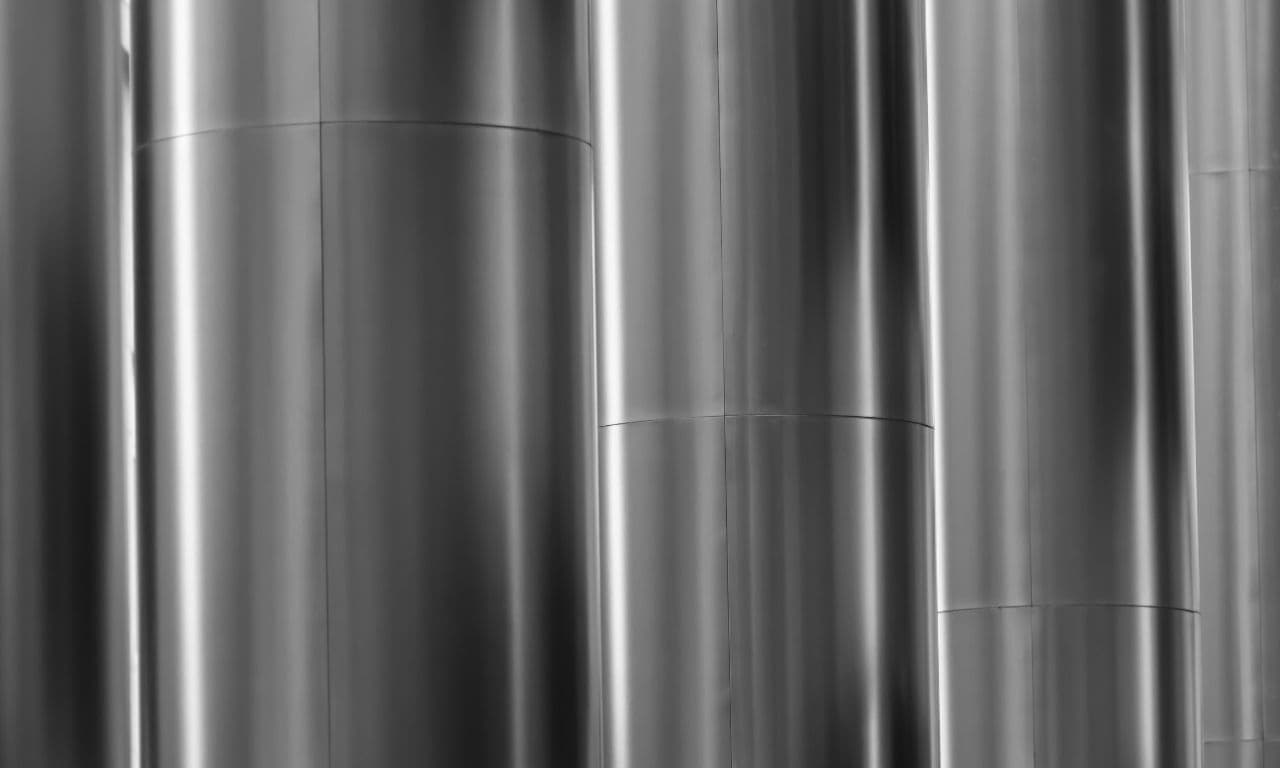In industrial environments – like mining, heavy equipment repair, and conveyor belt maintenance – bonding rubber to metal is a critical operation. It’s not just about sticking materials together; it’s about forming structural bonds that withstand heat, pressure, vibration, and chemicals.
Whether you’re bonding wear-resistant rubber to steel chute liners or refurbishing pulley lagging, the choice of adhesive has a direct impact on the durability, safety, and performance of your operation. This guide explores high-performance rubber to metal adhesives suited for industrial use, detailing the properties, applications, and best practices that ensure a lasting bond in even the most extreme environments.
Understanding the Importance of Bonding Rubber to Metal
In the realm of construction, manufacturing and mining, the union of rubber and metal is a common necessity. The combination brings together the flexibility and elasticity of rubber with the rigidity and strength of metal, creating components that can withstand a multitude of stresses and strains. This hybridization is crucial in many industries, such as mining, where rubber parts are bonded to metal parts to ensure both flexibility and durability. Without a reliable adhesive, the integrity of these bonds can be compromised, leading to potential failures and costly repairs.
The significance of this bonding extends beyond just mechanical parts. The stability and safety of the final product are heavily dependent on the adhesive’s ability to maintain a strong bond under various conditions. The success of these applications hinges on the adhesive’s performance.
Understanding the importance of bonding rubber to metal is the first step in selecting the right adhesive for your project. It’s not just about sticking two materials together; it’s about ensuring that the bond can withstand the specific demands of the application. Recognizing the critical role that adhesives play in maintaining the functionality and longevity of your projects can help you make informed decisions and achieve superior results.
Types of Rubber to Metal Adhesives
When it comes to bonding rubber to metal, the variety of adhesives available can be overwhelming. Each type has its unique properties and applications, making it essential to understand the differences to select the most suitable one for your needs. Among the most common types are cyanoacrylates, epoxies, polyurethanes, and silicones.
Cyanoacrylates, commonly known as super glues, are favored for their quick bonding times and ease of use. These adhesives form strong bonds in a matter of seconds, making them ideal for applications where speed is crucial. However, they are best suited for small, precise applications as they can be brittle and less effective under continuous stress or in high-temperature environments. Epoxies, on the other hand, offer exceptional strength and durability. They are two-part adhesives that, when mixed, create a chemical reaction leading to a robust bond. Epoxies are highly resistant to environmental factors such as moisture, heat, and chemicals, making them suitable for a wide range of industrial applications.
Polyurethanes provide flexibility and are particularly effective in applications where the bonded materials will experience movement or vibration. They are also resistant to impact and abrasion, which makes them a good choice for automotive, construction and mining projects. Silicones, known for their excellent flexibility and resistance to extreme temperatures, are often used in sealing and gasketing applications. They maintain their properties over a wide range of temperatures and are resistant to environmental degradation, making them ideal for outdoor uses. Understanding these types of adhesives and their specific properties will enable you to choose the best one for your project, ensuring a strong and lasting bond.
Key Properties to Look for in Adhesives
Selecting the right adhesive for bonding rubber to metal involves considering several key properties that will affect the performance and durability of the bond. One of the most critical properties is adhesive strength, which determines the ability of the adhesive to hold the materials together under various stresses. This includes shear strength, tensile strength, and peel strength, each relevant to different types of stresses the bond might face.
Another essential property to consider is flexibility. Since rubber is inherently flexible, the adhesive must be able to accommodate this without compromising the bond. An adhesive that remains flexible will allow the bonded materials to move without breaking the bond, which is particularly important in applications subject to vibrations or dynamic loads. Additionally, the adhesive’s resistance to environmental factors such as moisture, chemicals, and temperature fluctuations is crucial, especially for outdoor or industrial applications. An adhesive that can withstand harsh conditions will ensure the longevity of the bond.
Cure time is also a significant factor to consider. Some projects may require quick setting adhesives to allow for rapid assembly and minimal downtime, while others might benefit from a slower curing adhesive that provides more working time for precise adjustments. Moreover, the ease of application can greatly influence the choice of adhesive. An adhesive that is easy to apply and requires minimal preparation can save time and reduce the potential for errors. By considering these key properties, you can select an adhesive that not only meets the specific demands of your project but also ensures a strong and durable bond.
Top Rubber to Metal Adhesives on the Market
With countless adhesives available, identifying the top performers can help streamline your selection process. Among the leading products, some stand out due to their exceptional bonding capabilities, versatility, and user feedback.
Topstick is widely considered as one of the best industrial adhesives on the market.
Depending on your needs, consider:
– Topstick SC-08 for fast-curing rubber repairs
– Topstick SC-020 where non-flammable solutions are required
– Topprime for surface preparation on metal substrates
Visit our product range to find the ideal adhesive for your job.
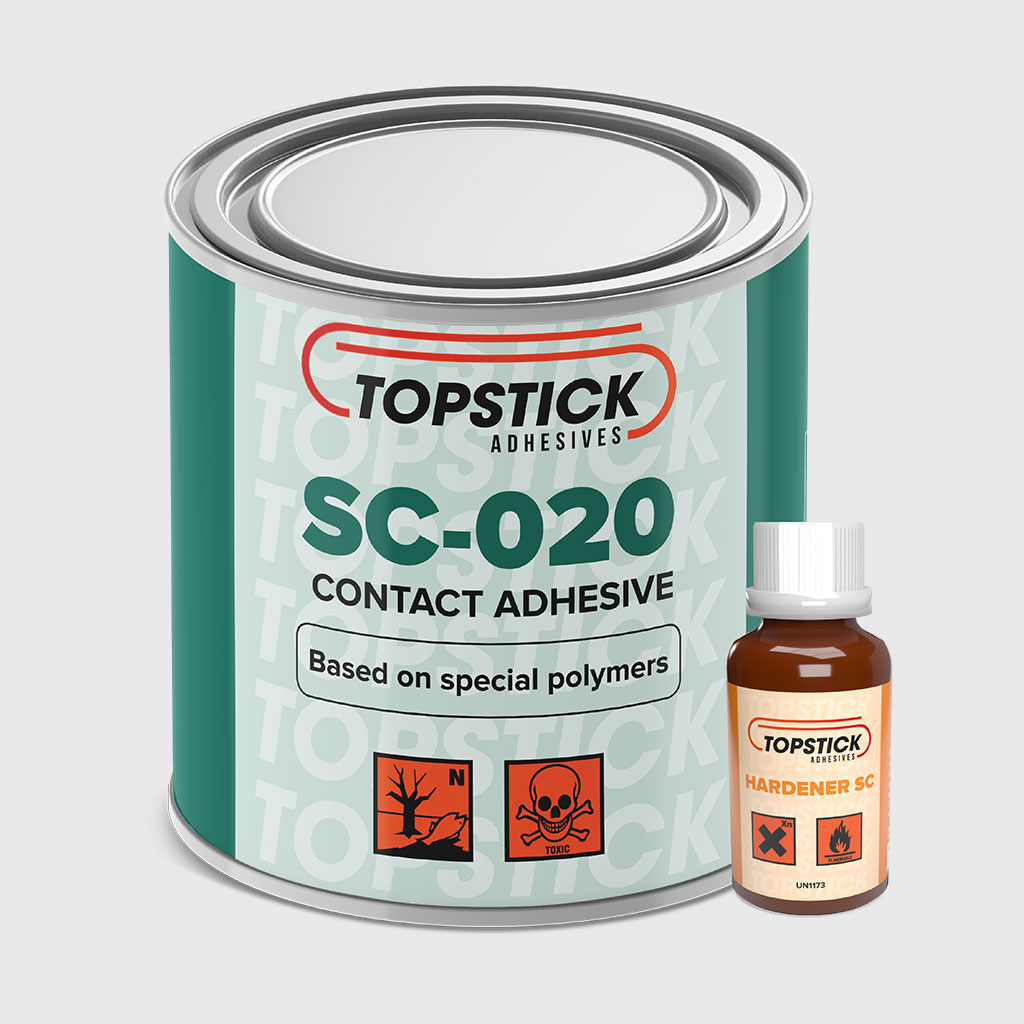
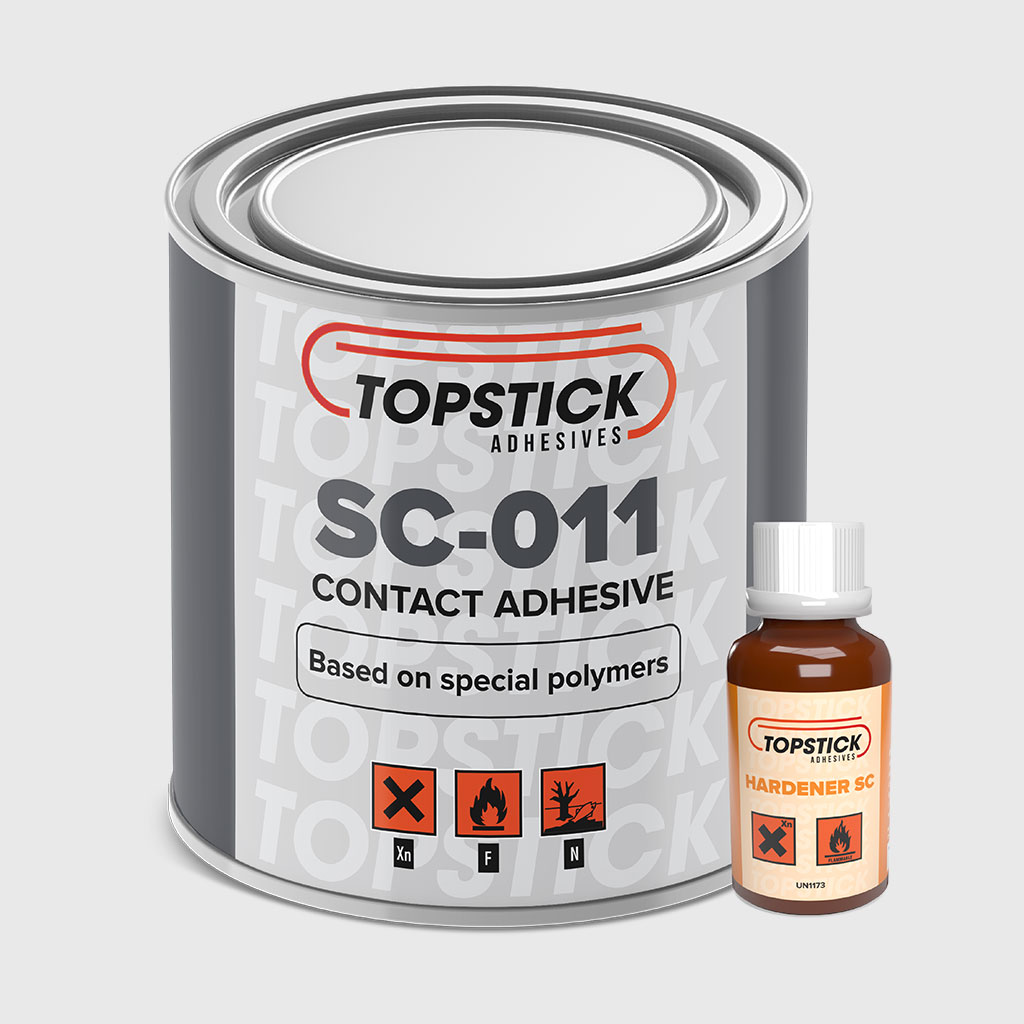
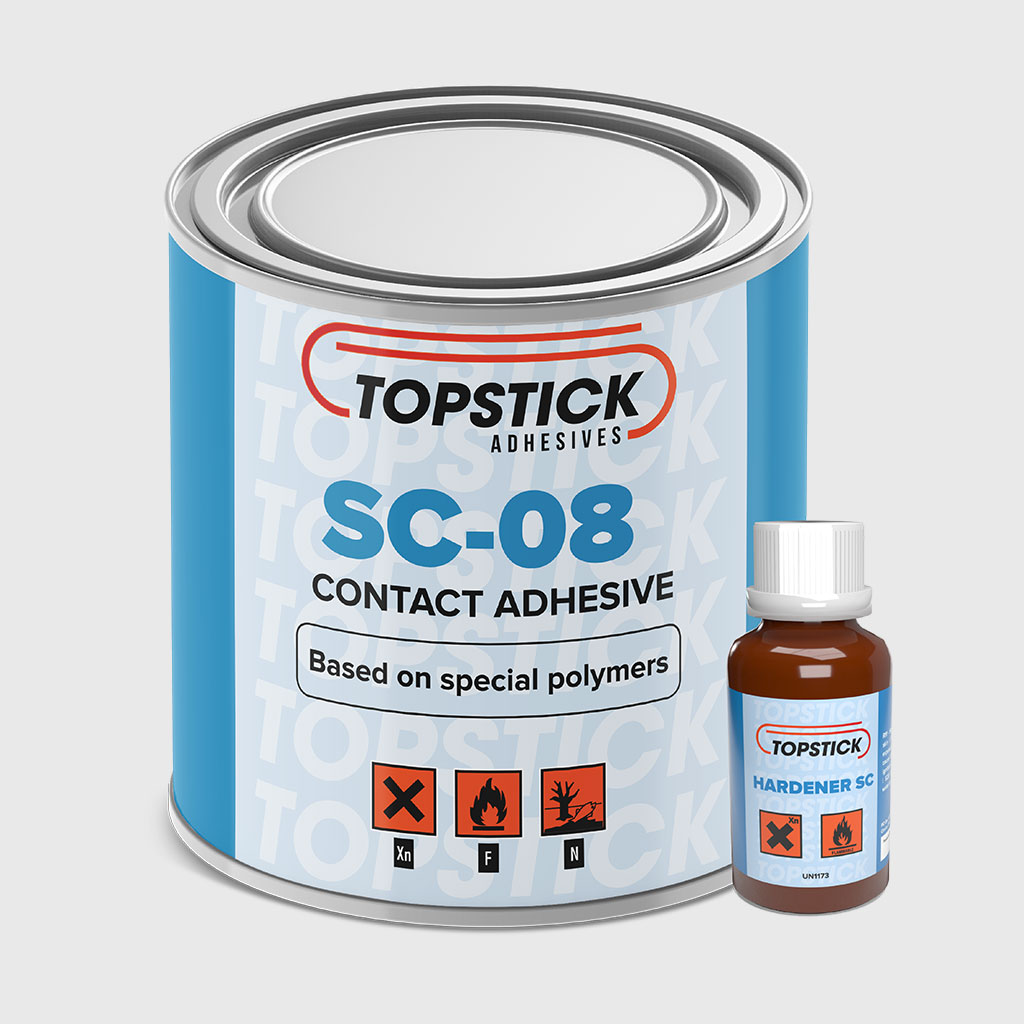
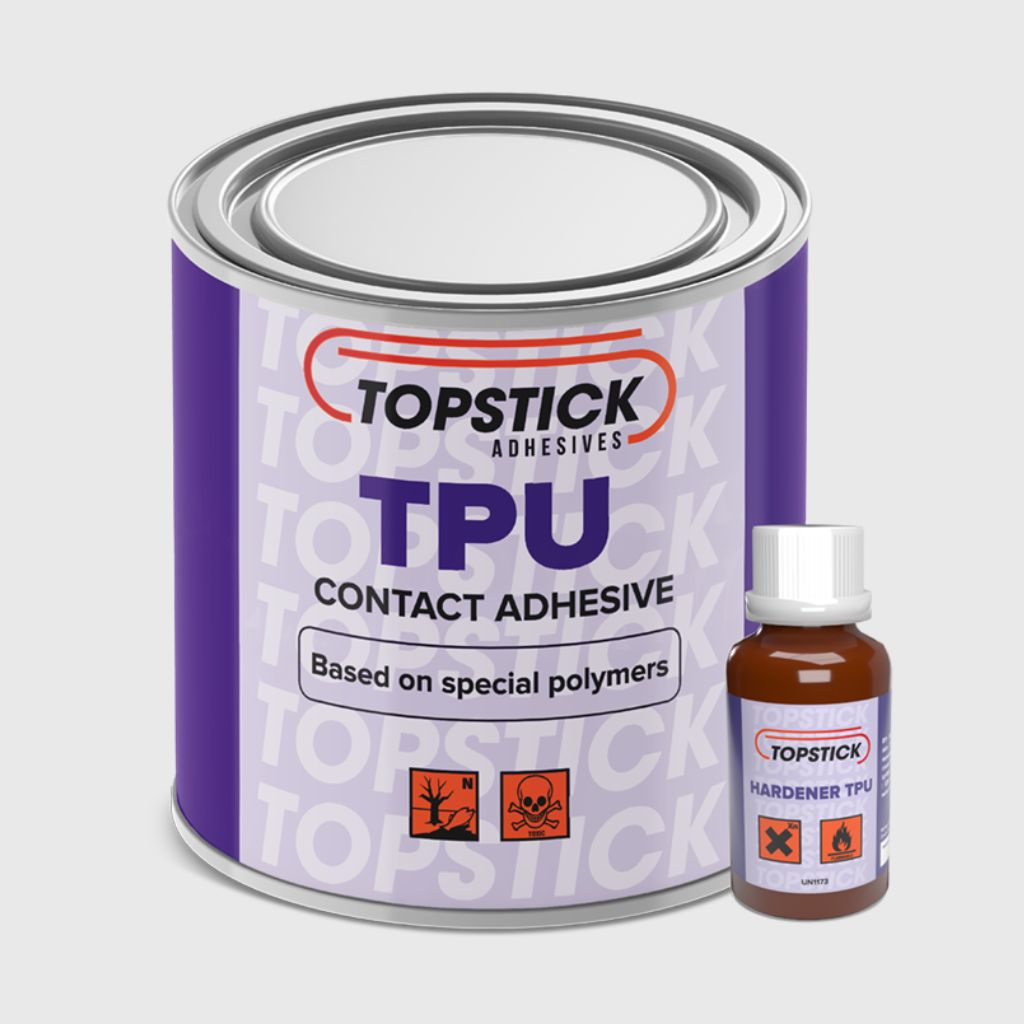
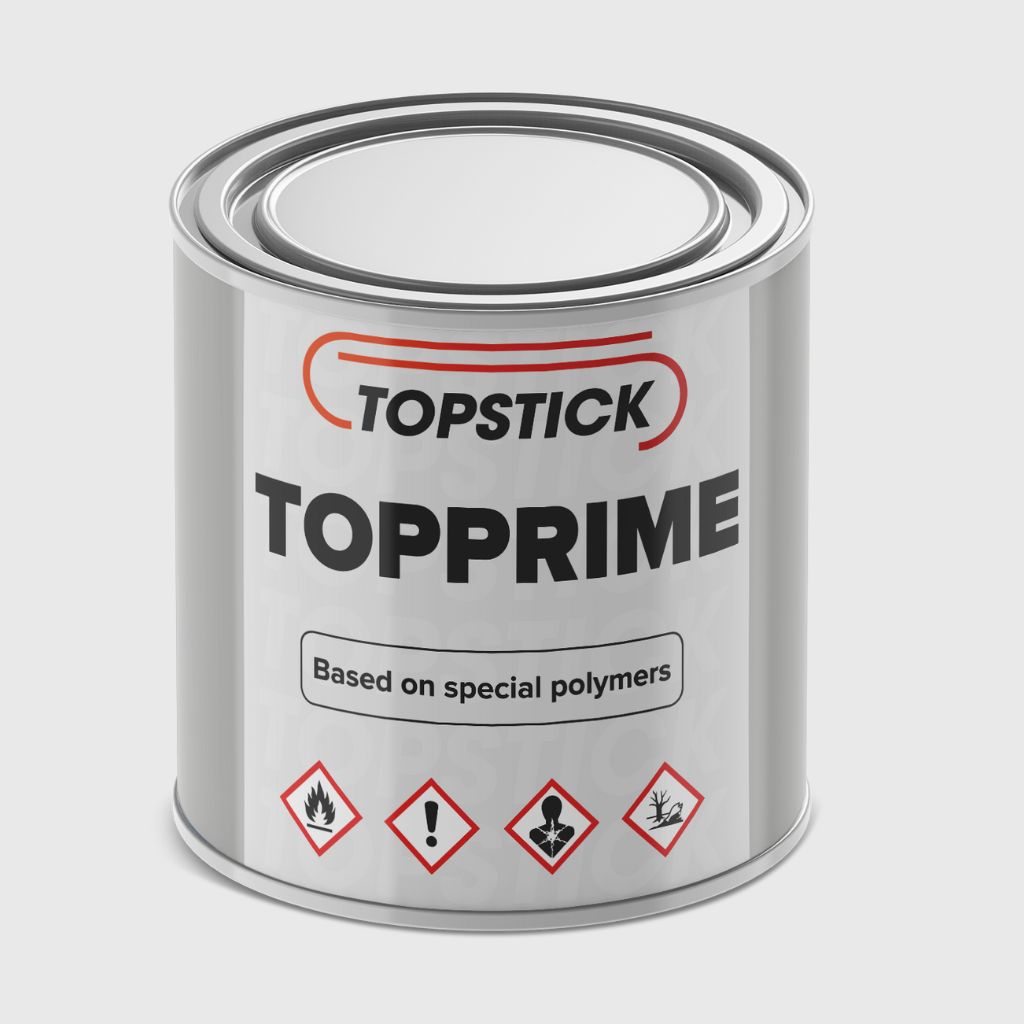
How to Choose the Right Adhesive
Choosing the right adhesive for your project involves a thorough understanding of the specific requirements and conditions under which the bond will need to perform. Start by evaluating the materials involved; not all adhesives are compatible with every type of rubber or metal. Knowing the exact type of rubber and metal will help in selecting an adhesive that offers the best bonding properties for those materials.
Next, consider the environmental conditions the adhesive will be exposed to. If the bond will be subjected to extreme temperatures, moisture, or chemical exposure, it is crucial to choose an adhesive that can withstand these conditions. For instance, an epoxy adhesive might be the best choice for high-temperature applications, while a silicone adhesive could be more suitable for outdoor projects exposed to varying weather conditions. Additionally, assess the mechanical stresses the bond will face. If the bonded materials will experience movement or vibrations, an adhesive with high flexibility, such as a polyurethane or silicone, would be more appropriate.
Also, take into account the application process. Some adhesives require precise mixing and application techniques, while others might offer a more straightforward, user-friendly process. Depending on your expertise and the complexity of the project, you might prefer an adhesive that is easy to apply and cures quickly. Finally, consider the cure time and working time required for your project. If you need to make adjustments during the bonding process, an adhesive with a longer working time might be beneficial. By carefully considering these factors, you can select the adhesive that best meets the needs of your project, ensuring a strong and durable bond.
Application Techniques for Optimal Bonding
Achieving a strong bond between rubber and metal requires not only the right adhesive but also proper application techniques. The first step is surface preparation, which is crucial for ensuring maximum adhesion. Both the rubber and metal surfaces should be thoroughly cleaned to remove any dirt, grease, or oxidation. Using a solvent like isopropyl alcohol can help in this process. For metal surfaces, light sanding can also improve adhesion by creating a rougher surface for the adhesive to grip.
Once the surfaces are prepared, it’s important to apply the adhesive correctly. Follow the manufacturer’s instructions regarding the amount and method of application. In most cases, a uniform layer of adhesive should be applied to one or both surfaces. For two-part adhesives, ensure that the components are mixed thoroughly before application. It’s also essential to work within the adhesive’s specified working time to avoid premature curing, which can weaken the bond.
After applying the adhesive, properly positioning and clamping the materials is key to achieving a strong bond. Align the rubber and metal surfaces accurately to avoid misalignment, which can lead to weak spots in the bond. Applying consistent pressure using clamps or weights can help maintain solid contact between the surfaces during the curing process. Depending on the adhesive used, curing times can vary, so it’s important to allow adequate time for the bond to fully set before subjecting it to any stress. By following these application techniques, you can ensure optimal bonding performance for your rubber to metal projects.
Common Mistakes to Avoid When Using Adhesives
While using adhesives to bond rubber to metal may seem straightforward, several common mistakes can compromise the effectiveness of the bond. One frequent error is inadequate surface preparation. Failing to properly clean and prepare the surfaces can lead to poor adhesion and weak bonds. Even small amounts of dirt, oil, or oxidation can prevent the adhesive from fully adhering to the surfaces, so thorough cleaning is essential.
Another common mistake is using the wrong type of adhesive for the materials and conditions. Not all adhesives are compatible with every type of rubber or metal, and selecting an adhesive that doesn’t suit the environmental conditions or mechanical stresses can result in bond failure. Additionally, improper mixing of two-part adhesives can lead to incomplete curing and weakened bonds. Carefully following the manufacturer’s instructions for mixing and application is crucial to achieving the desired bond strength.
Applying too much or too little adhesive is another mistake that can affect bond performance. Too much adhesive can create excess squeeze-out and mess, while too little may not provide sufficient coverage for a strong bond. It’s important to apply a uniform layer of adhesive to ensure complete contact between the surfaces. Finally, not allowing enough curing time before subjecting the bond to stress can lead to premature bond failure. Patience is key; allowing the adhesive to fully cure according to the manufacturer’s guidelines will ensure the bond reaches its maximum strength. By avoiding these common mistakes, you can achieve more reliable and durable rubber to metal bonds.
Maintenance and Longevity of Rubber to Metal Bonds
Ensuring the longevity of rubber to metal bonds involves regular maintenance and monitoring. One of the key aspects of maintenance is inspecting the bonded areas periodically for signs of wear or degradation. Environmental factors such as moisture, temperature fluctuations, and chemical exposure can affect the bond over time. Regular inspections can help identify potential issues early, allowing for timely repairs or reinforcements.
Cleaning the bonded surfaces is also important for maintaining bond integrity. Dirt, grease, and other contaminants can accumulate over time, potentially weakening the bond. Using appropriate cleaning agents that do not damage the adhesive or the bonded materials can help preserve the bond’s strength. Additionally, protecting the bonded areas from excessive mechanical stresses can extend the bond’s lifespan. Avoiding unnecessary impacts, vibrations, and movements can reduce the risk of bond failure.
For industrial applications, implementing a maintenance schedule that includes regular checks and preventive measures can enhance the durability of rubber to metal bonds. In some cases, applying a protective coating or sealant over the bond can provide additional protection against environmental factors. By taking these steps, you can ensure that your rubber to metal bonds remain strong and reliable for an extended period, reducing the need for frequent repairs and replacements.
Conclusion and Final Thoughts on Adhesive Selection
Selecting the right adhesive for bonding rubber to metal is a critical decision that can significantly impact the success and durability of your projects. Understanding the importance of a strong bond and being aware of the various types of adhesives available allows you to make an informed choice. Considering key properties such as adhesive strength, flexibility, and environmental resistance ensures that the adhesive you select meets the specific demands of your application.
Exploring the top rubber to metal adhesives on the market provides valuable insights into the best products available, helping you narrow down your options. By carefully evaluating the materials involved, environmental conditions, and mechanical stresses, you can choose an adhesive that offers optimal performance for your project. Proper application techniques, including thorough surface preparation, correct adhesive application, and adequate curing time, are essential for achieving a strong and lasting bond.
Avoiding common mistakes and implementing regular maintenance practices further enhances the longevity of rubber to metal bonds. By following these guidelines and recommendations, you can ensure that your projects benefit from reliable and durable adhesive solutions. The right adhesive can make all the difference. Unlocking strong bonds with the best rubber to metal adhesives will elevate your work, ensuring that every connection you make stands the test of time.
For tailored advice, contact our team or browse our full product documentation.
